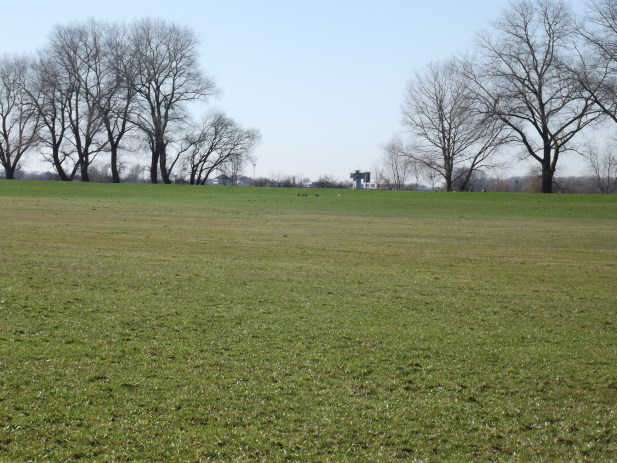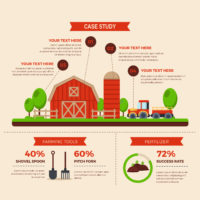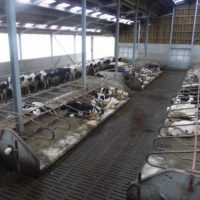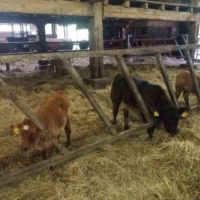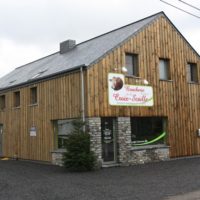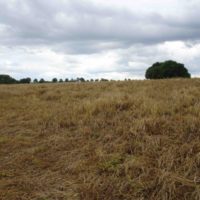Drone for grazing-management
Description
First: A drone is used to drive the cows from the pasture into the stable once a day as well as for regular checks of the cows.
Second: The door from the stable to the pasture corresponds with the milking robot; the door opens automatically from 8:00 am to 4:00 pm and from 7:00 pm to 5:00 am, but only for cows that have already been milked.
Condition for successful implementation is, to achieve the required workload for the milking robot.
Curiosity in the subject and decrease of costs
At first the cows had to get used to use the automatic gates; this was difficult in the beginning, because there was no knowledge concerning the best position of the gates. Another difficulty that had to be overcome during the implementation phase were the many complex possibilities to program the communication between the milking robot and the automatic gate.
After a few weeks the cows were accustomed to the drone and responded already to the sound of it.
In the beginning it was difficult to achieve the required work load for the milking robot.
Farm description
Environment
- 54,4 ha permanent grassland
- Soil type: mainly marshland
- Specialty: bird protection area
- Average altitude: Sea-level; no slope
Grassland management
- Grazing: Yes
- Grazing management type: Rotational stocking
- Winter forage: Silage
Structure
- Annual Work Unit: 1.25 AWU
- Agricultural Area: 67.4 ha including 54.4 ha permanent grassland and 10 ha silage maize
- Stocking rate: 1.9 LU per ha agricultural area
Animal performance
- Milk production per cow: 9800 l/year
Why it is working
It is necessary to risk a certain decrease of milk production in the implementation phase, as the process should be optimized for every farm individually and thus minor mistakes cannot be excluded completely even with meticulous planning.
The farmer has now the possibility to let his cows on the pasture and to spend more time managing his herd.
Additional information
| Farming system | conventional farming |
|---|---|
| Main types of animal | dairy cattle |
| Country | |
| Product type | Farmer portrait |
| Language | |
| Main domain of innovation |
